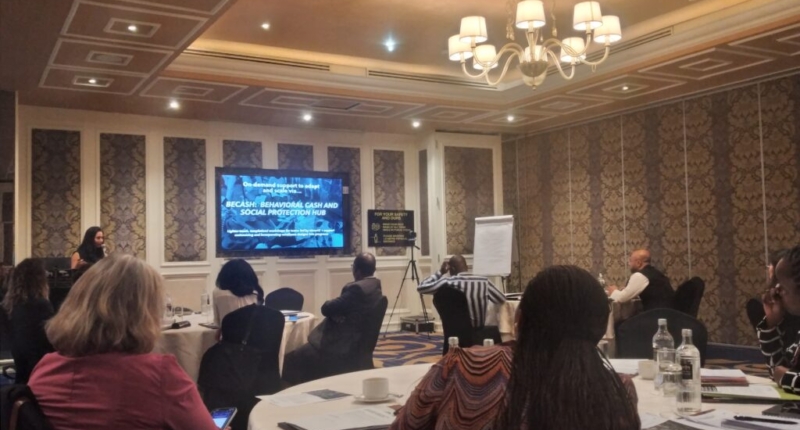Behavioral Science can play a critical role in increasing the effectiveness of economic inclusion programs. By incorporating insights from Behavioral Science into economic inclusion programming, governments and NGOs can design programs that take into account human behavior, recognizing setbacks and making light interventions in program design. Behavioral interventions are usually more effective compared to other approaches to achieving economic inclusion goals. Idea42, a nonprofit organization, has been working on incorporating Behavioral Science into cash transfer programs since 2015, and has collaborated with ten countries to bring behavioral interventions to their cash transfer programs. The success of these interventions has led to governments increasing their use to reach more cash transfer recipients. Ideas42 has developed a website called cashtransfers.ideas42.org to address common behavioral barriers among cash transfer recipients in sub-Saharan Africa. By using Behavioral Science to design economic inclusion programs, governments and NGOs can help reduce poverty and improve the lives of millions of people.
Using Behavioral Science to Enhance Economic Inclusion Programs
According to Idea42, a nonprofit organization, Behavioral Science has the potential to improve the impact of economic inclusion programs. By gaining insights into how people’s behaviors are influenced by their lifestyles, economic inclusion programming can be adjusted to make it more effective in achieving its goals.
Governments and NGOs can make use of Behavioral Science to ensure that their programs are designed with human behavior in mind. It can aid in recognizing setbacks and making light interventions in program design, making it easier for participants to utilize services and benefits provided.
Studies have shown that behavioral interventions are often more effective than other approaches to achieving economic inclusion goals. By incorporating Behavioral Science into economic inclusion programming, governments and NGOs can make the most of their limited resources, helping alleviate poverty for a large number of people.
For instance, Ideas42 worked with the Directorate of Social Assistance in Kenya and the World Bank, developing behavioral interventions that resulted in 41% more cash transfer recipients moving towards long-term goals or investment.
This success has led governments to increase their use of such interventions to reach more cash transfer recipients. Ideas42 has been working with ten countries to implement these behavioral interventions into their cash transfer programs, achieving significant results.
For instance, Tanzania recorded a 65% increase in savings, while the Democratic Republic of the Congo (DRC) saw an 8.3 times growth in cash transfer. Ideas42 developed a website called cashtransfers.ideas42.org to address common behavioral barriers among cash transfer recipients in sub-Saharan Africa.
By using Behavioral Science to design economic inclusion programs, governments and NGOs can help reduce poverty and improve the lives of millions of people.
Don’t miss interesting posts on Famousbio









